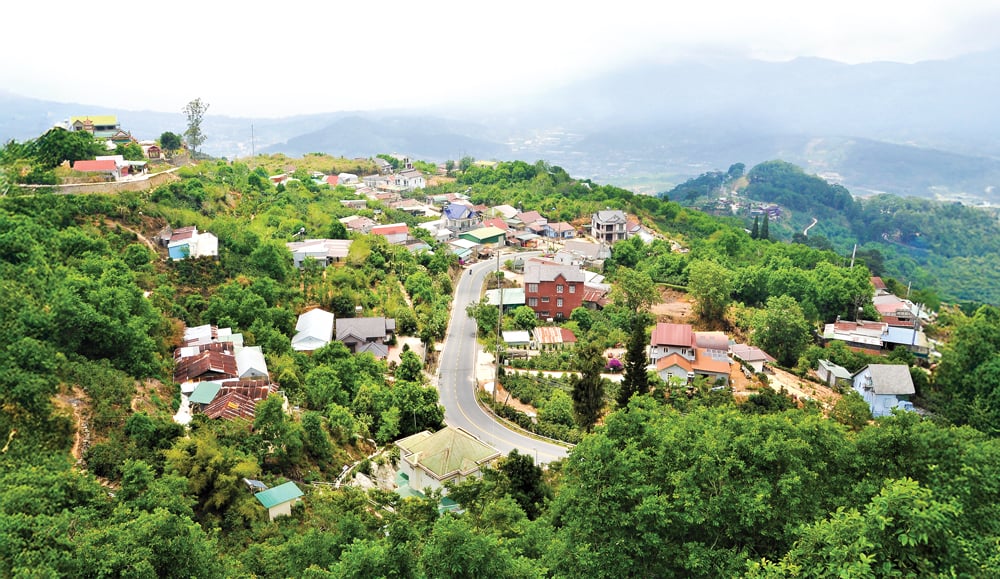 |
| A corner of the village on the mountain top at Tram Hanh, Da Lat |
NO MORE POOR HOUSEHOLDS IN THE SUBURBAN AREA
For Mr. Pham Da, from Tram Hanh 1 village, Tram Hanh commune, Da Lat, his whole life has been attached to this land from a young age until now. Born in 1958, in Xuan Son village, Xuan Truong, Da Lat, Mr. Da began participating in revolutionary activities in 1974, escaped into the forest and then participated in the 1975 Spring campaign in Da Lat. In 1980, he and his family moved to live and work in Tram Hanh. He was the Commune Team Leader here for 18 years, Vice Chairman of the Commune People's Committee and Head of the Commune Police for 5 years, Secretary of the grassroots Party Cell in the village where he lived for 25 years and is currently Secretary of the Party Cell in Tram Hanh 1 village.
The name Tram Hanh is the name of a station in the chain of stations of the cog railway built by the French connecting Da Lat with Thap Cham - Ninh Thuan since the 1930s. This system of stations includes Tan My, Song Pha (Krongpha), Ca Bo (K'beu), Eo Gio (Bellevue), D'ran, Tram Hanh (Arbre Broye), Cau Dat, Da Tho and Da Lat stations. Of which, Tram Hanh station, with an altitude of over 1,510 m above sea level, is one of the highest stations in this chain of stations. When the railway was present, people gradually gathered here to live.
In Mr. Da's memory, Tram Hanh used to be very remote and isolated. The road from Da Lat to here was only about 30 km, the road was small but winding through pine forests, full of potholes. The majority of the residents were from the Central region who came here to settle down and make a living by growing persimmons and coffee.
According to Mr. Da, up to now, Tram Hanh people continue to grow persimmons and coffee, but everything has changed completely. In Tram Hanh 1 village where he lives, the whole village has 340 families, 1,771 people, about 80% of the population lives on agriculture, the rest buys and sells, of which 90% of the village's agricultural land is used to grow coffee and persimmons; the remaining 10% grows vegetables and flowers. These are also the crops, but thanks to the high prices of coffee and persimmons in recent years, people's lives have improved significantly. For example, coffee in mid-April 2025 is about 135,000 VND/kg of green beans, and persimmons are also priced with wind-dried persimmons at about 200 - 350,000 VND/kg. “Previously, persimmon trees were also a key crop intercropped with coffee, but due to a long period of low prices, people gradually cut them down. Recently, thanks to the technology of drying persimmons, the price of persimmons has increased, and people have started planting them again,” said Mr. Da.
Uniquely, thanks to the high altitude, cold weather, and fog all year round, coffee (and tea grown here) has a very special flavor, so it sells very well. The price of coffee from Cau Dat and Tram Hanh is higher than the general price and is very popular in the market.
The economy is stable, life is developing, so in Tram Hanh 1 village, there are no more temporary houses, dilapidated houses, no more poor households or near-poor households, only a few families in difficult circumstances, with the community joining hands to help them rise up. "Newly built, spacious houses, electricity - roads - schools - stations are complete, rural roads are repaired and expanded, all village roads are concreted in the form of State - people working together, electricity for street lighting is also used, people contribute money to buy wires, buy light bulbs, erect poles, the State pays for electricity", said Mr. Da.
In particular, when walking on the streets of Tram Hanh, not only the national highway running through the commune but also the roads in the hamlets are very clean. “We mobilized the residents in the hamlet to join forces, as well as other hamlets in the commune, to maintain a monthly Green Sunday, collect garbage, clean drainage ditches, encourage people not to throw garbage on the streets, plant flowers, and trees to create beauty. Almost every house here grows flowers if they have land in front of their house,” said Mr. Da.
NEW DAY STATION
Tram Hanh commune currently has 4 villages. Along with Tram Hanh 1, 3 more villages in the commune are Tram Hanh 2, Truong Tho and Phat Chi. It is no longer a remote commune like a few decades ago. The asphalt road National Highway 20 from Da Lat leading here has been expanded and upgraded, running through pine forests, tea hills, peaceful villages with green hills, trees, flowers and leaves as beautiful as paintings. The whole commune currently has about 1,200 households, 90% of the population lives on agriculture, the coffee area is about 1,400 hectares, the rose trees are now only 80 - 90 hectares, there are about 85 hectares of high-tech vegetables and flowers.
“People here have now started to apply high-tech agriculture to production, build greenhouses to grow vegetables and flowers, drip irrigation for coffee gardens, save water, and prevent drought in the dry season. The high price of coffee in recent years has made people's lives quite stable, the rich are not rich but the poor are not poor, most families have enough to eat and save, the socio-economic situation has improved very quickly,” said Mr. Ta Dinh Thanh - Chairman of the Commune Farmers' Association.
According to the People's Committee of Tram Hanh commune, in 2024, the commune's budget revenue exceeded the plan by nearly 15%; it continued to be a cultural commune - new rural and advanced new rural; schools here met national standards; the commune had no poor or near-poor households; 96% of people participated in the National Health Insurance; all residents in the commune used clean water and hygienic water; all villages ensured cultural institutions, physical education and sports equipment; all 4 villages met the standards of cultural villages, over 95% of families met the standards of cultural families, 100% of agencies and schools met the standards of cultural agencies; the government, the Fatherland Front, and departments, branches and organizations of the commune fulfilled their tasks well or better.
And Tram Hanh today is not only a purely agricultural commune but also has an industrial park - Phat Chi Industrial Park, in operation. Along with that is the formation of tourism models in the commune. A typical example of this that we had the opportunity to visit is the Rose Garden tourist spot of Le Phuc's family in Tram Hanh 2 village. Here, according to Mr. Le Phuc Duy, the owner of the model, his family's rose garden has about 200 fruit-bearing persimmon trees, including persimmon trees that are hundreds of years old, planted by his parents when they first started their business on this land. The garden is located on a hillside of about 2 hectares, when standing on high, there is a very beautiful view, you can see a large area of Don Duong below and the Ninh Thuan sea from afar on clear days. This garden was invested by Mr. Le Phuc Duy, turned into a family farming tourist spot, recognized by the People's Committee of Lam Dong province from November 2024. Here, he has a motel and tents for tourists to stay overnight, with food and drink service and a campfire area. When we arrived, the persimmons were green with leaves and fruit. In the morning, we saw many tourists traveling from Da Lat down here to visit the garden, enjoy home-grown coffee, and enjoy homemade wind-dried persimmons. “Not only domestic tourists, but also groups of Malaysian tourists found information online that they came from Da Lat to stay overnight here during the persimmon season,” said Mr. Duy.
It would be a pity to travel to Da Lat without knowing the nature, people and beautiful scenery of Tram Hanh land. With beautiful scenery, Tram Hanh is located in a series of tourist attractions stretching in the East of Da Lat, from present-day Xuan Tho down to Cau Dat and through Tram Hanh, which is worth exploring. Many local people told me that they are also looking forward to the restoration of the Da Lat - Thap Cham Railway Project. At that time, the local people will hear the train whistle from Tram Hanh - Arbre Broye Station on the majestic foggy mountain top every day.
Source: https://baolamdong.vn/xa-hoi/202505/nhung-ngoi-lang-tren-dinh-nui-5761429/


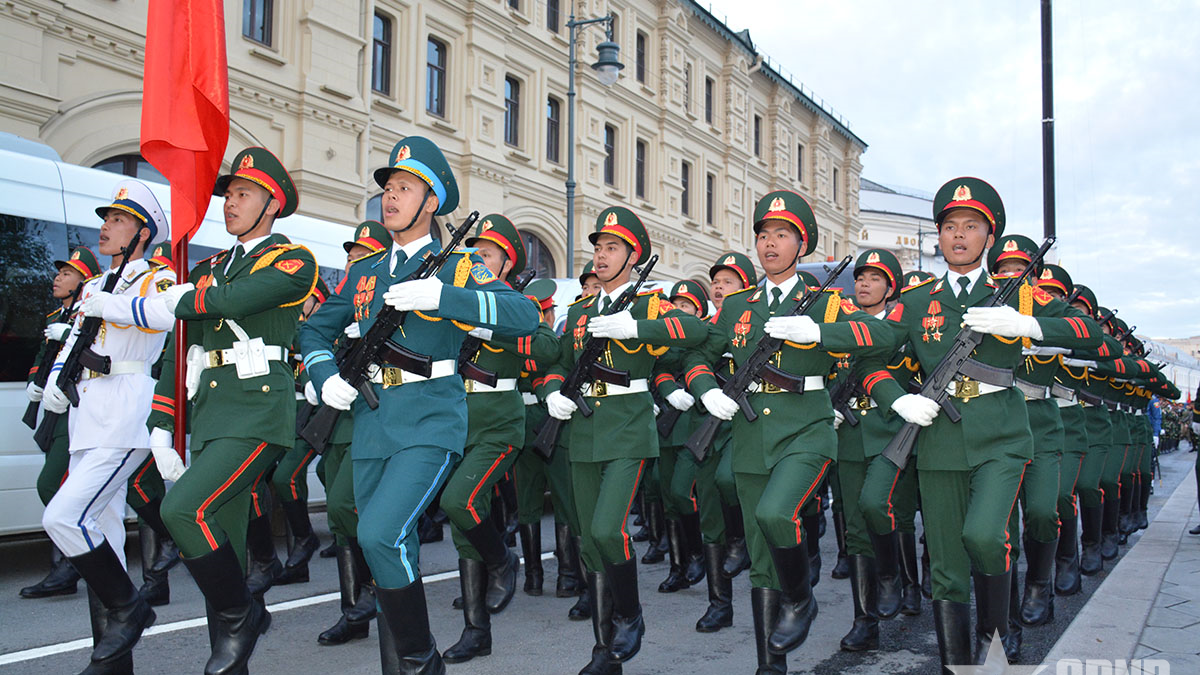
![[Photo] Vietnam shines at Paris International Fair 2025 with cultural and culinary colors](https://vphoto.vietnam.vn/thumb/1200x675/vietnam/resource/IMAGE/2025/5/4/74b16c2a197a42eb97597414009d4eb8)
![[Photo] Bus station begins to get crowded welcoming people returning to the capital after 5 days of holiday](https://vphoto.vietnam.vn/thumb/1200x675/vietnam/resource/IMAGE/2025/5/4/c3b37b336a0a450a983a0b09188c2fe6)
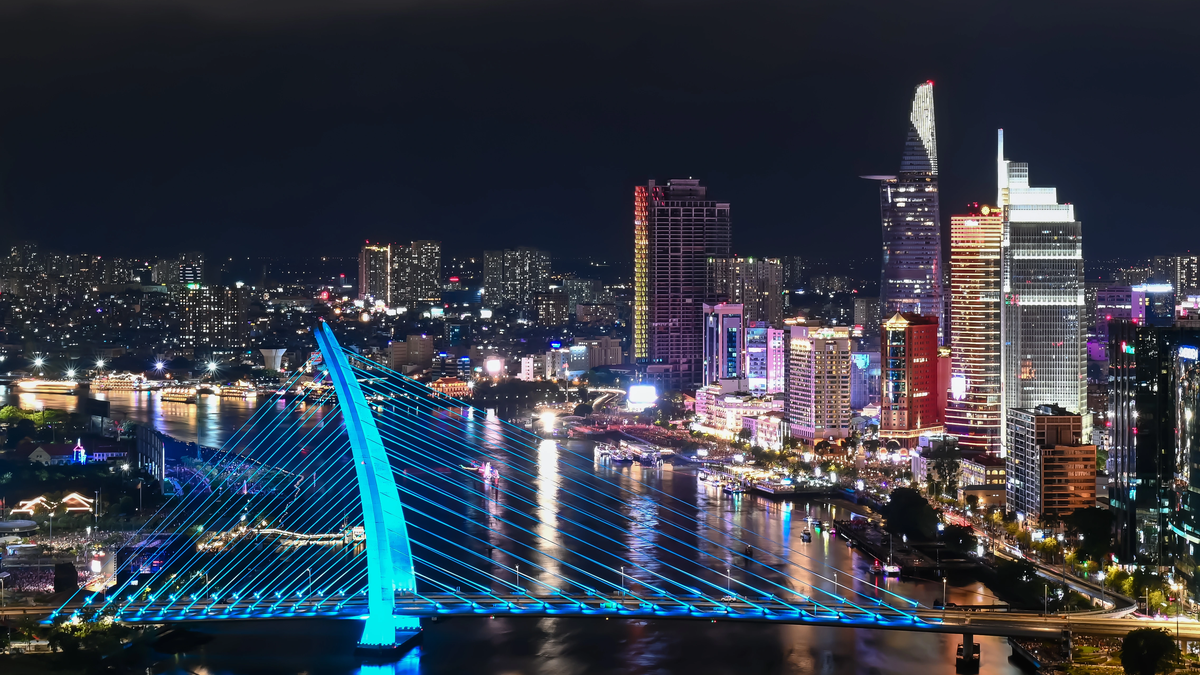
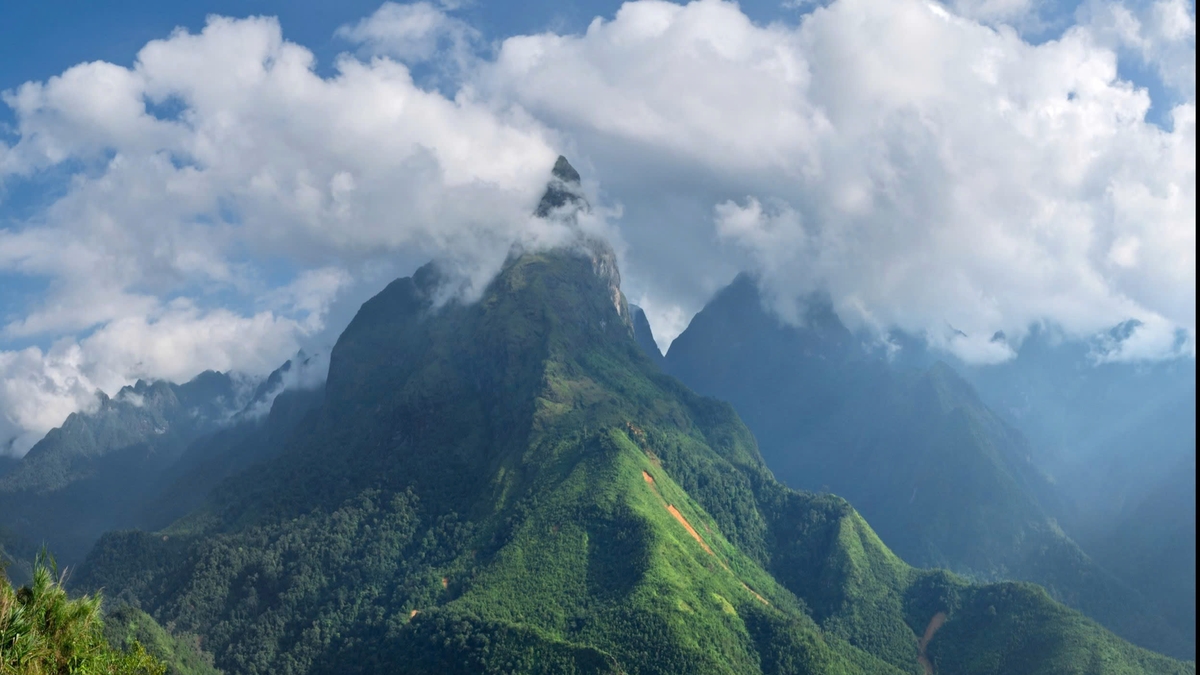
![[Photo] General Secretary To Lam receives Sri Lankan President Anura Kumara Dissanayaka](https://vphoto.vietnam.vn/thumb/1200x675/vietnam/resource/IMAGE/2025/5/4/75feee4ea0c14825819a8b7ad25518d8)


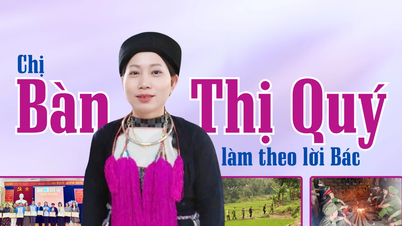
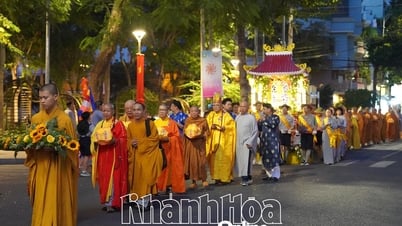

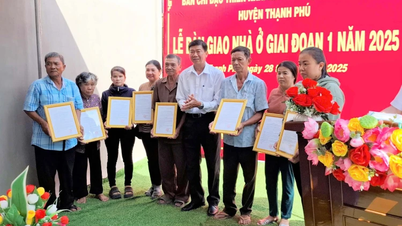






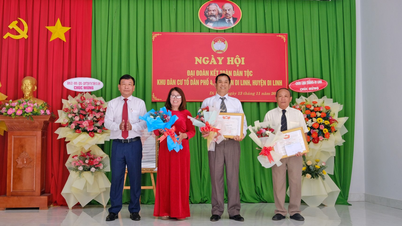

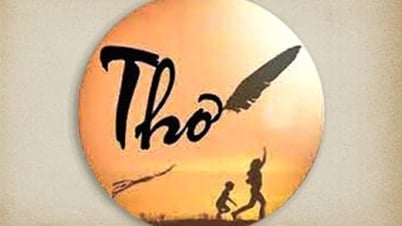
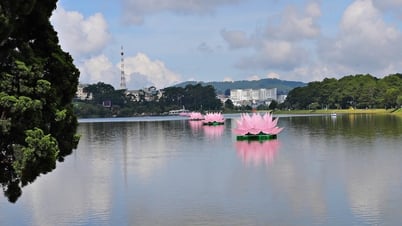



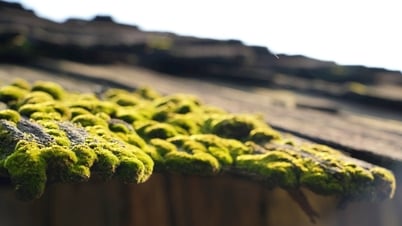





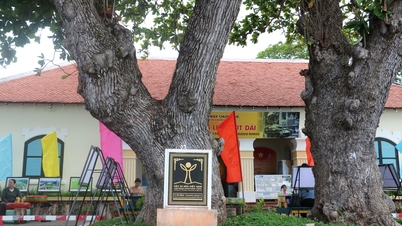

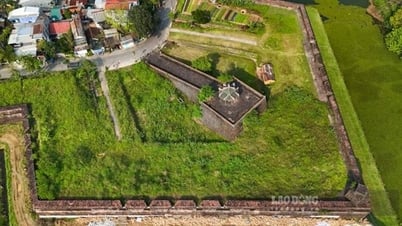

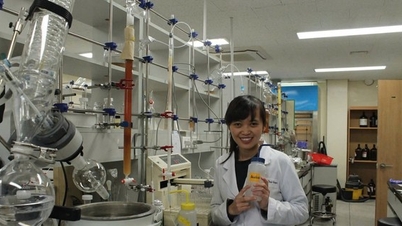


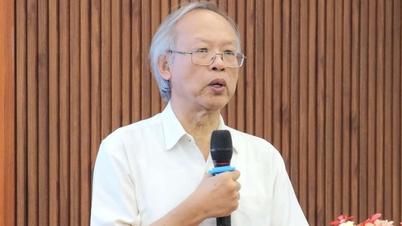

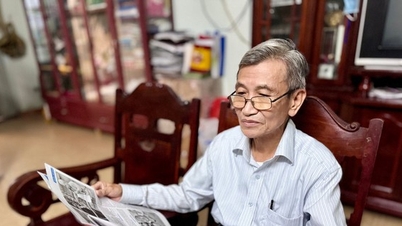
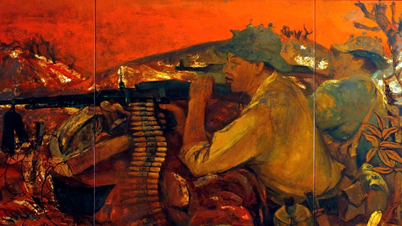



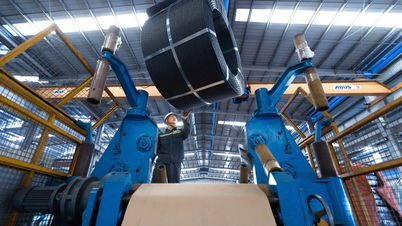



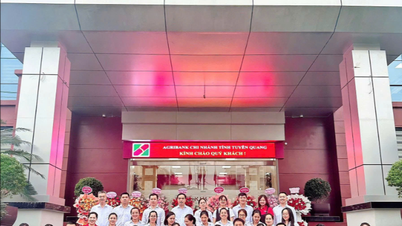


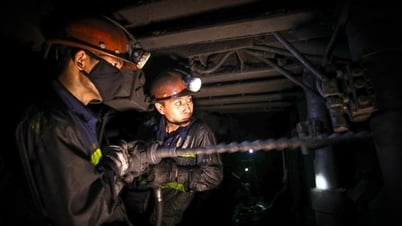




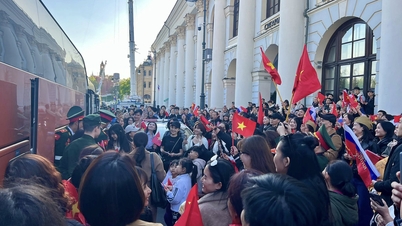









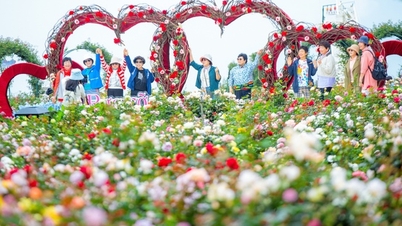
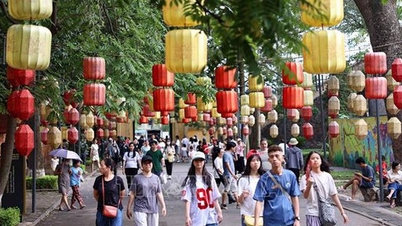
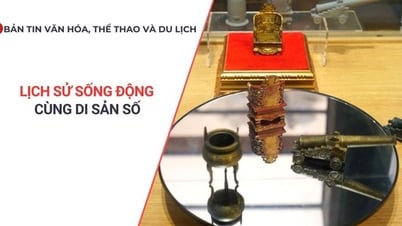















![[Video]. Building OCOP products based on local strengths](https://vphoto.vietnam.vn/thumb/402x226/vietnam/resource/IMAGE/2025/5/3/61677e8b3a364110b271e7b15ed91b3f)

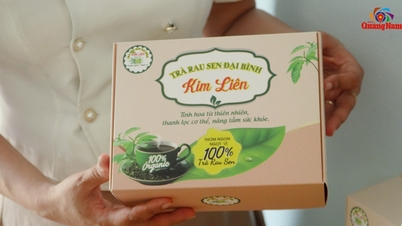


Comment (0)